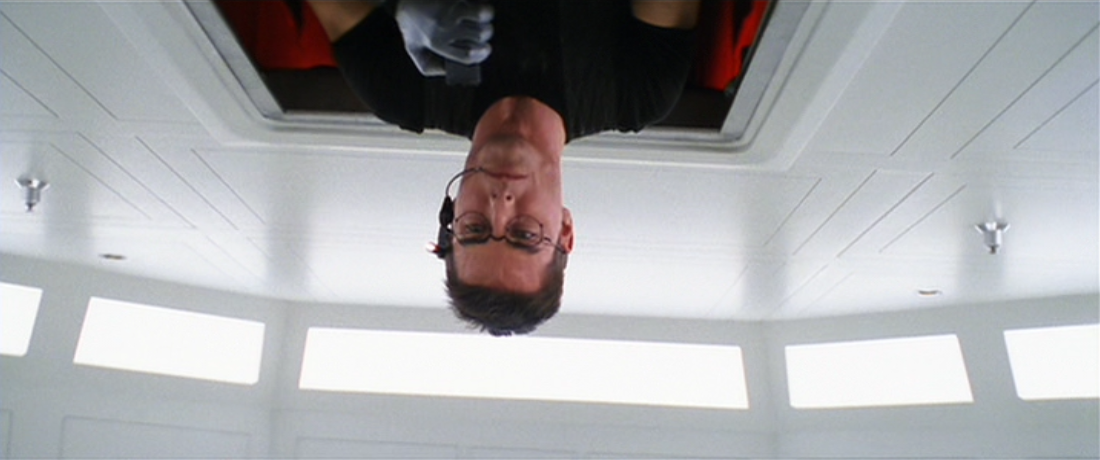SISSY SPACEK'S PERFORMANCE "IS JUST SO RADICAL AND WEIRD AND SCARY"
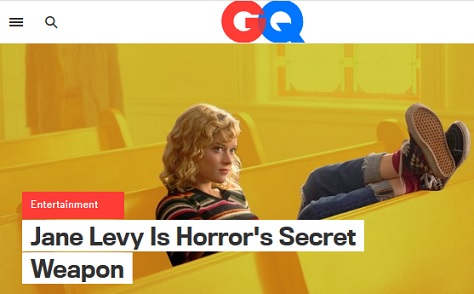 Jane Levy, currently appearing on Hulu's Stephen King-based anthology series Castle Rock, was interviewed a few days ago by GQ's Tom Philip. The conversation eventually turns to Carrie:
Jane Levy, currently appearing on Hulu's Stephen King-based anthology series Castle Rock, was interviewed a few days ago by GQ's Tom Philip. The conversation eventually turns to Carrie:Would you call yourself a King fan? Have you read a lot of his stuff?No, actually I had only read Carrie, and then I've also read his semi-memoir book, On Writing.
Oh, man, that's such a good book.
Isn't it? I loved reading that. He's also just really an endearing person. Interesting, good, smart obviously, extremely talented... Have you read a lot of his books? Are you a Stephen King fan?
I guess so. I guess I've read maybe like a dozen or so, here and there?
A dozen or so's a lot.
He's had, like, nearly a hundred!
That's true. I haven't read much Stephen King, but since working on this project I've learned a lot about him and I think he's a really cool guy and I'll obviously read more.
How about the movies, then? Did you have the shit scared out of you by Carrie when you were little or anything like that?
I read the book and that actually scared the shit out of me more when I was in high school. I guess I wouldn't say I was scared by the movie, but titillated might be more the word. And Sissy Spacek, like you said, a legend, is one of my favorite actresses of all time and her performance in that movie is just so radical and weird and scary. Did you see the Brian De Palma documentary, De Palma? There's a part about casting her.
No, actually. I must.
There's some story, I forget the exact details, that they already had another choice for Carrie. Sissy Spacek knew De Palma through friends, and was like begging him, "You have to just see me for this part." And he was like, "Okay, sure." But it was some sort of courtesy. He already had cast the part in his mind, but then Sissy read and he was like, "Whelp! Never mind! Nobody else could ever play this part. Here you go."
I'm also a big fan of The Shining, the movie, even though we all know that Stephen King has said that he's not that big of a fan of that one... I loved the It adaptation that came out last year. I thought that the movie wasn't scary, but I'm excited that they're making the second half. The one I want to see right now is Pet Sematary.
Oh that's going to fuck you up. Are there any other King adaptations you'd want to do? It seems like the universe is open to cross-casting, with Skarsgård and Spacek involved in Castle Rock.
Actually, I read a pilot by his son, Joe Hill, that I loved. I love the idea of the book that they wrote together about women. Isn't it called Sleeping Beauties?
Wasn't that with Owen King, his other son?
I guess I'm interested in all the King men.
You used the phrase "final girl" earlier, and I'm wondering how you feel about the terms like "final girl" and "scream queen." A lot of people would describe you in films like Don't Breathe as that. Do you feel tropes, or even the phrasing like that, is dated? Or are you cool with it?
I have a lot of thoughts about it. I wouldn't really know if I could compile a perfect answer for that, but actually I do think that there is something very cool about the final girl. Of course, I think that women have been exploited and women's sexuality has been exploited in horror films since the beginning, and that's a lot of what horror films are about. There's a lot that you could point out in horror films that is misogynistic and totally just like, male fantasy violence against women.
But at the same time I think that horror films have given female characters a platform that normal mainstream movies haven't necessarily, in certain ways. I think that women can be action heroes in horror films in ways that are not common in action films. That's cool! And a lot of times women in horror are presented with their worst fear and they step up to the plate.
So, I kind of like the term! I think that there's something, I don't know, culty and old school about it. I don't feel it's disrespectful. Horror fans show up for you. It's been kind of flattering in a funny way to have these strangers consider me, that I'm accepted into this world. It's so not what I expected out of my life, but I feel like I have this badge of honor.




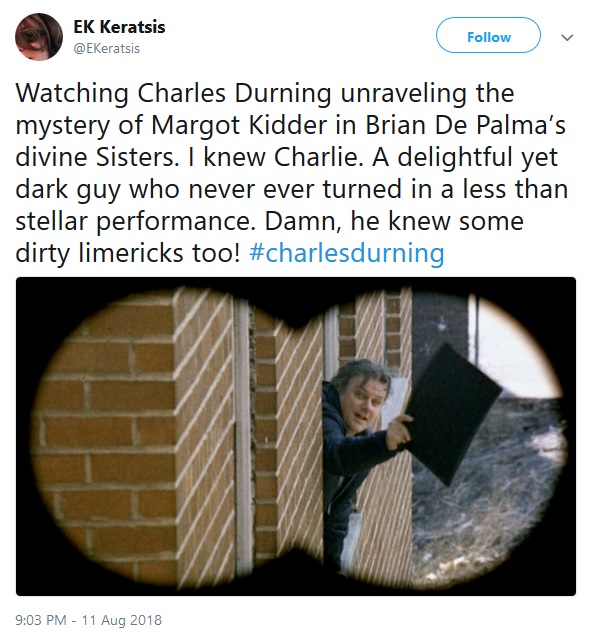
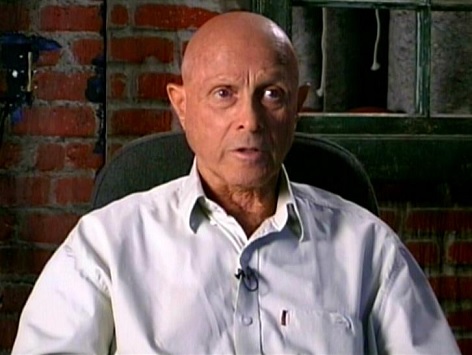 Richard H. Kline, cinematographer on Brian De Palma's The Fury, died of natural causes Tuesday, according to
Richard H. Kline, cinematographer on Brian De Palma's The Fury, died of natural causes Tuesday, according to 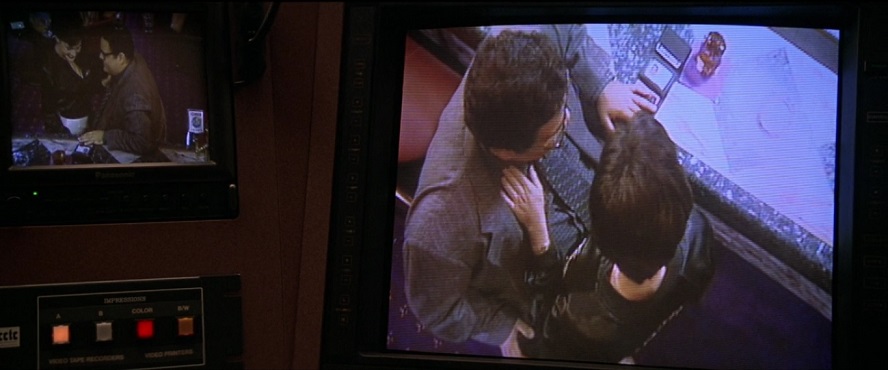
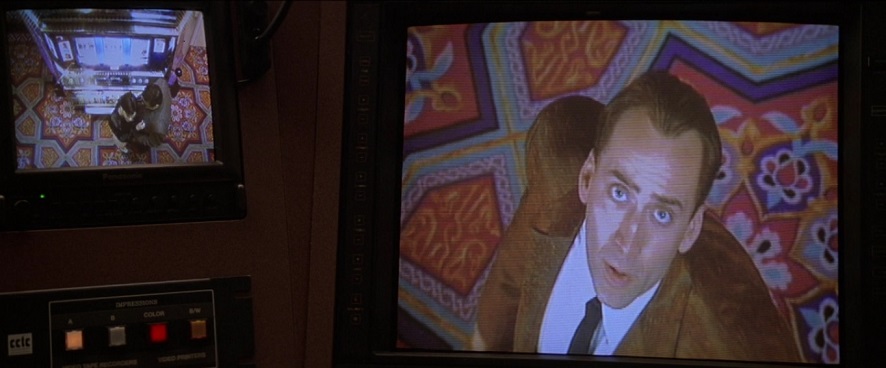
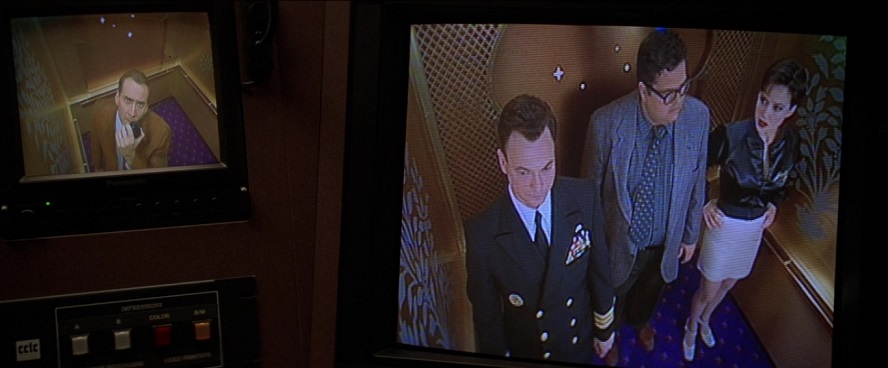
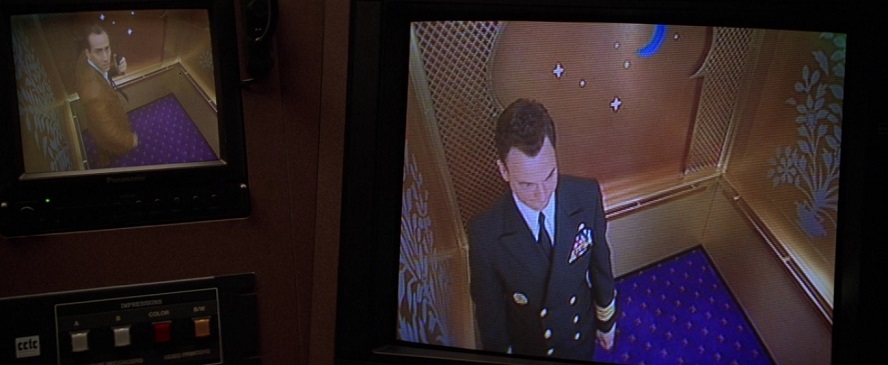
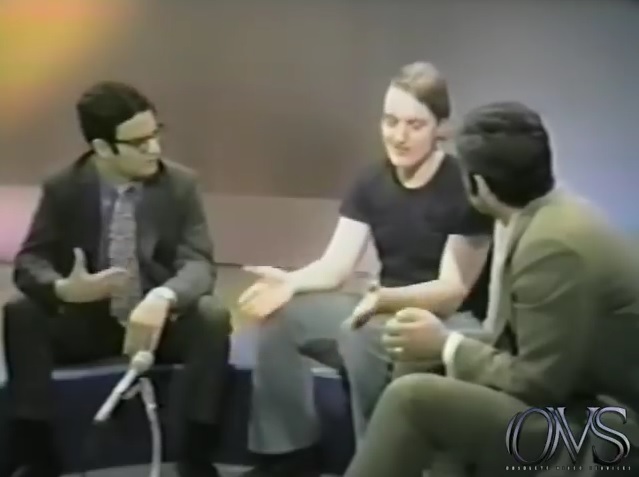
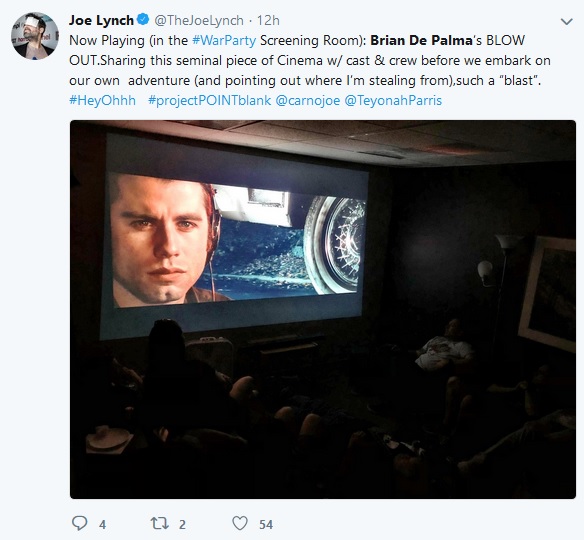
 The trailer for Mission: Impossible - Fallout included a shot at the end in which Ethan Hunt is about to get rammed by a speeding truck. The sequence/shot, however, was nowhere to be found in the completed film released to theaters last week. That reminds of this shot here, from a scene on a train, brief snippets of which made it into the original trailer for Brian De Palma's Mission: Impossible, but were ultimately not used in the final film.
The trailer for Mission: Impossible - Fallout included a shot at the end in which Ethan Hunt is about to get rammed by a speeding truck. The sequence/shot, however, was nowhere to be found in the completed film released to theaters last week. That reminds of this shot here, from a scene on a train, brief snippets of which made it into the original trailer for Brian De Palma's Mission: Impossible, but were ultimately not used in the final film. Last week, during a Television Critics Association panel for Amazon Prime's upcoming series, Homecoming, Sam Esmail, who directed each episode, mentioned Alfred Hitchcock and Brian De Palma while discussing the cinematic style of the show, which stars Julia Roberts. Here's an excerpt from a report of the panel posted by
Last week, during a Television Critics Association panel for Amazon Prime's upcoming series, Homecoming, Sam Esmail, who directed each episode, mentioned Alfred Hitchcock and Brian De Palma while discussing the cinematic style of the show, which stars Julia Roberts. Here's an excerpt from a report of the panel posted by 